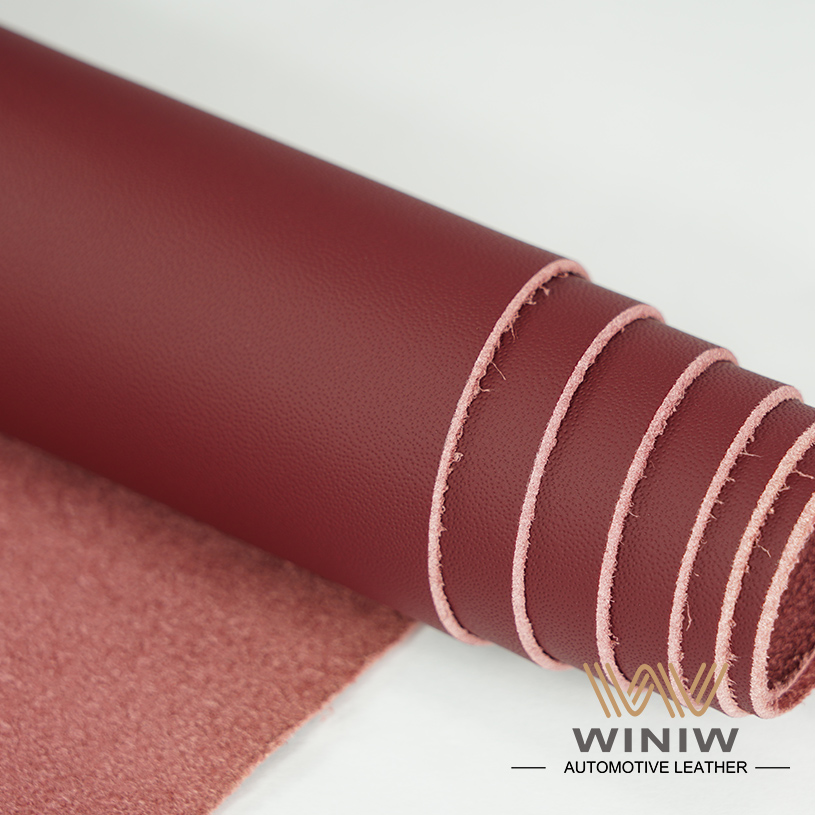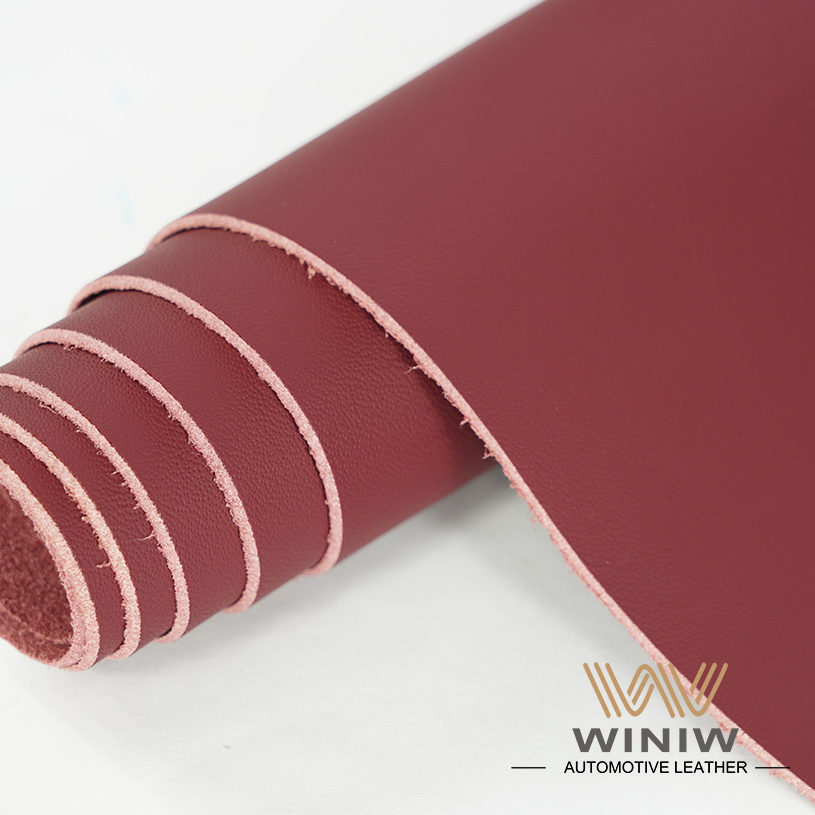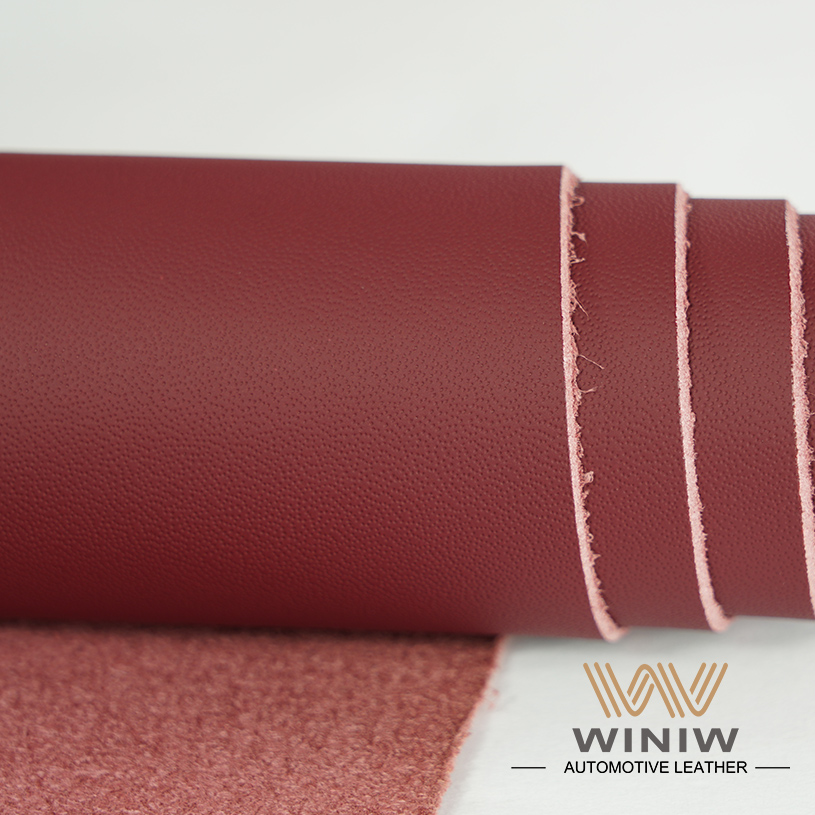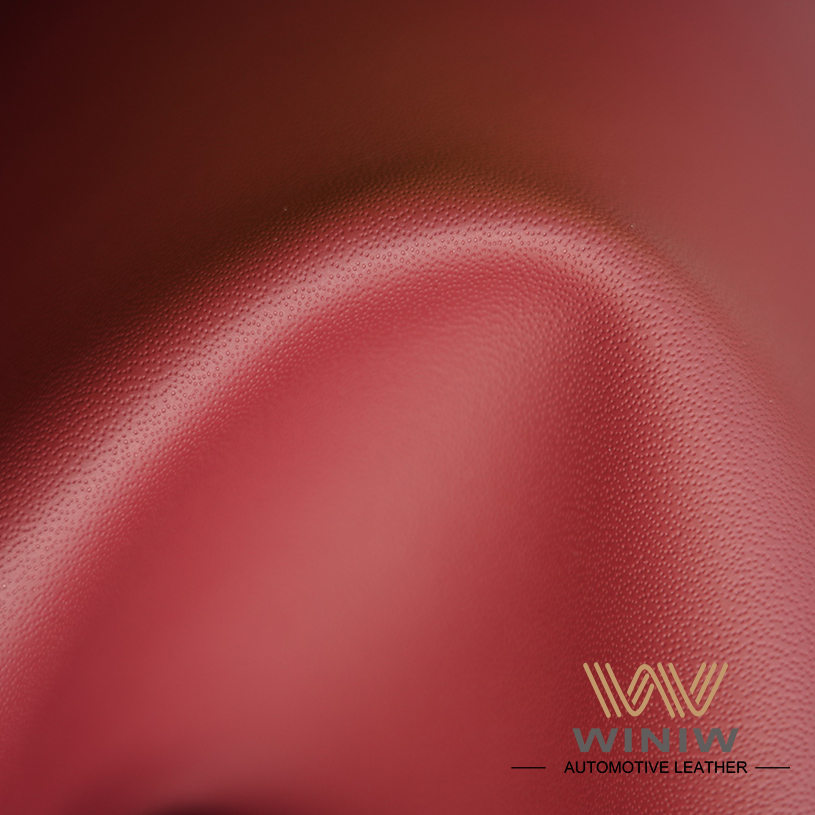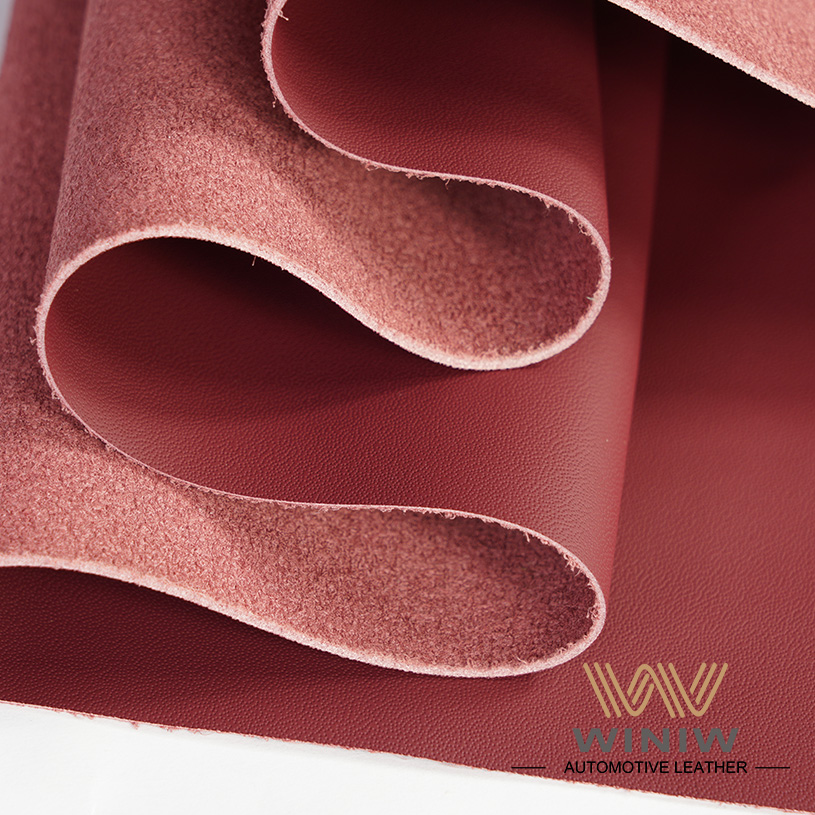Under the background of the continuous advancement of “Industry 4.0” and the gradual emergence of intelligent manufacturing, the digitalization and automation level have been continuously improved, and the leather design, cutting and production processes are also facing digital transformation and upgrading.
According to data provided by Lectra, a supplier of automotive interior design, development and tailoring solutions, in 2000, the proportion of car seat fabrics that were digitally cut was only 10%, and in 2015, this proportion increased rapidly. Up to 80%. However, according to the survey, the digital cutting of leather is currently used less, and this means that there is a large space in this field. At present, the large seat interior suppliers and some car companies are beginning to have a greater interest in digital performance, digitizing the leather. The value creation in automotive applications is further enhanced.
One of the world’s leading interior supplier leaders said in a speech, “As a flexible supplier, we can win contracts more easily. With the digital fabric cutting solutions we use today, we can easily respond 20 years ago. All the different options that are not available.”
In the “Made in China 2025” strategy, various digital high-tech technologies are gradually being widely used, especially in the automotive industry. Digital factories have many successful model factories as a very important part of the auto parts industry. The process of digitizing the leather in the automotive interior industry is also a very important part of it, and it will usher in a very major change.
And Andreas A. Kim, President of Lectra Greater China, pointed out: “From a practical point of view, the digital process can achieve greater flexibility, while helping car companies reduce development time, reduce production costs, and respond more quickly to market demands. It is believed that the digitalization of fabric fabrics in car seats and interiors will also occur in the field of leather automotive interiors in the next 5-10 years. The automation and digitization of leather cutting will be the most realized in China’s automotive interior industry. Important transformation.”
In summary, in the development of automotive interiors, the benefits and challenges of leather coexist. From the perspective of the entire car interior, perhaps the property of leather is only a skin material, but in the fierce market competition, the value chain potential presented by it can not be ignored. Whether it is for car manufacturers or seat interior suppliers, to maximize the value of this material, digital applications and upgrades are imperative.
